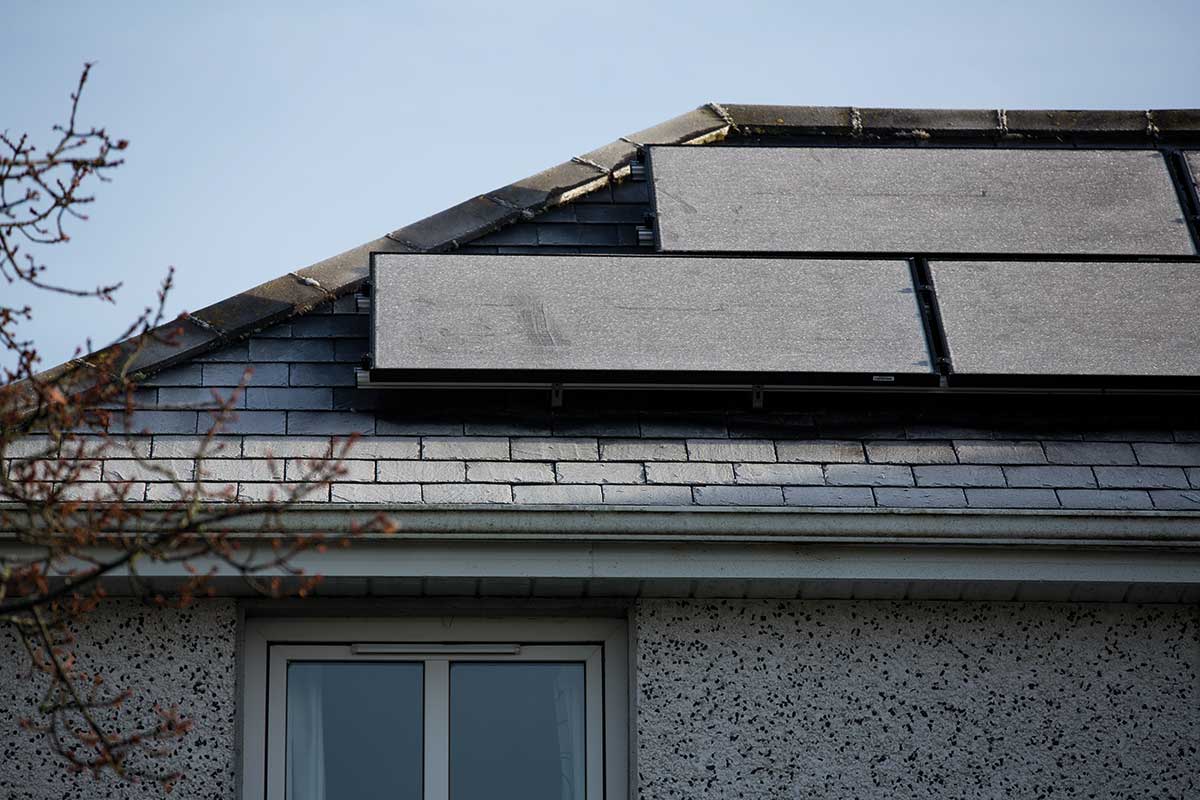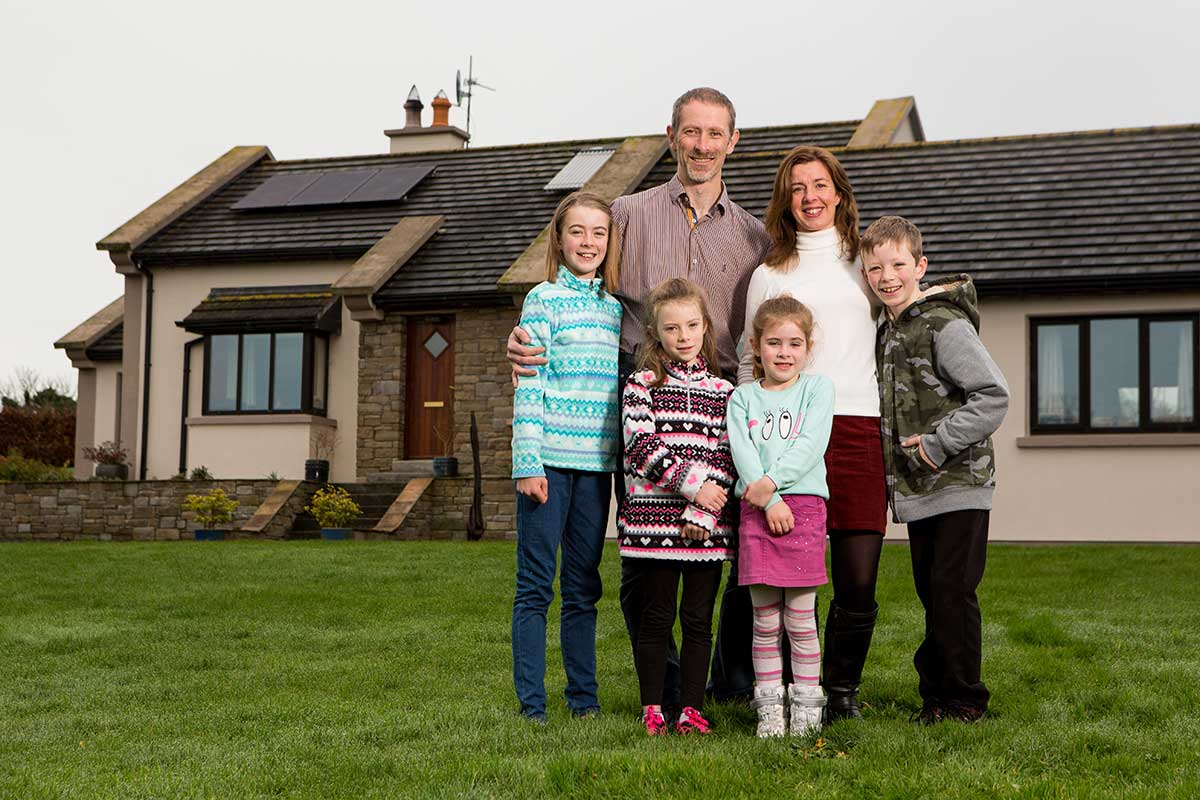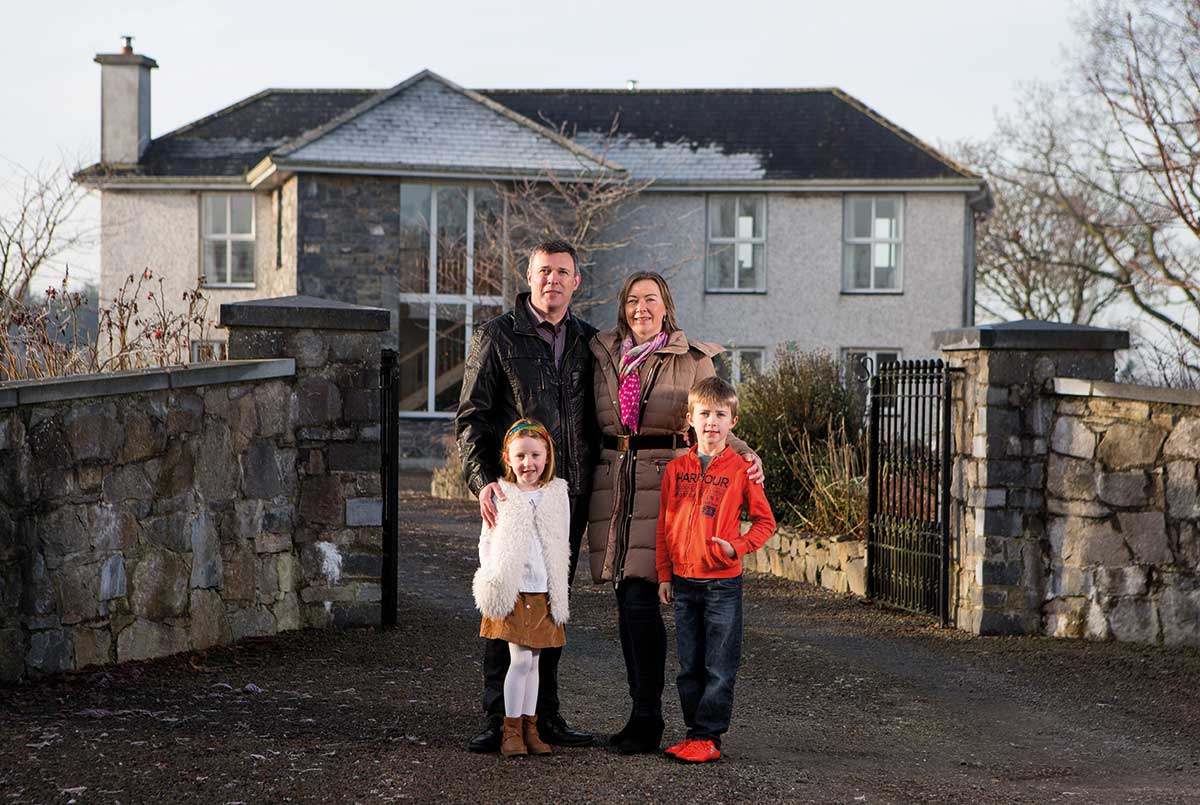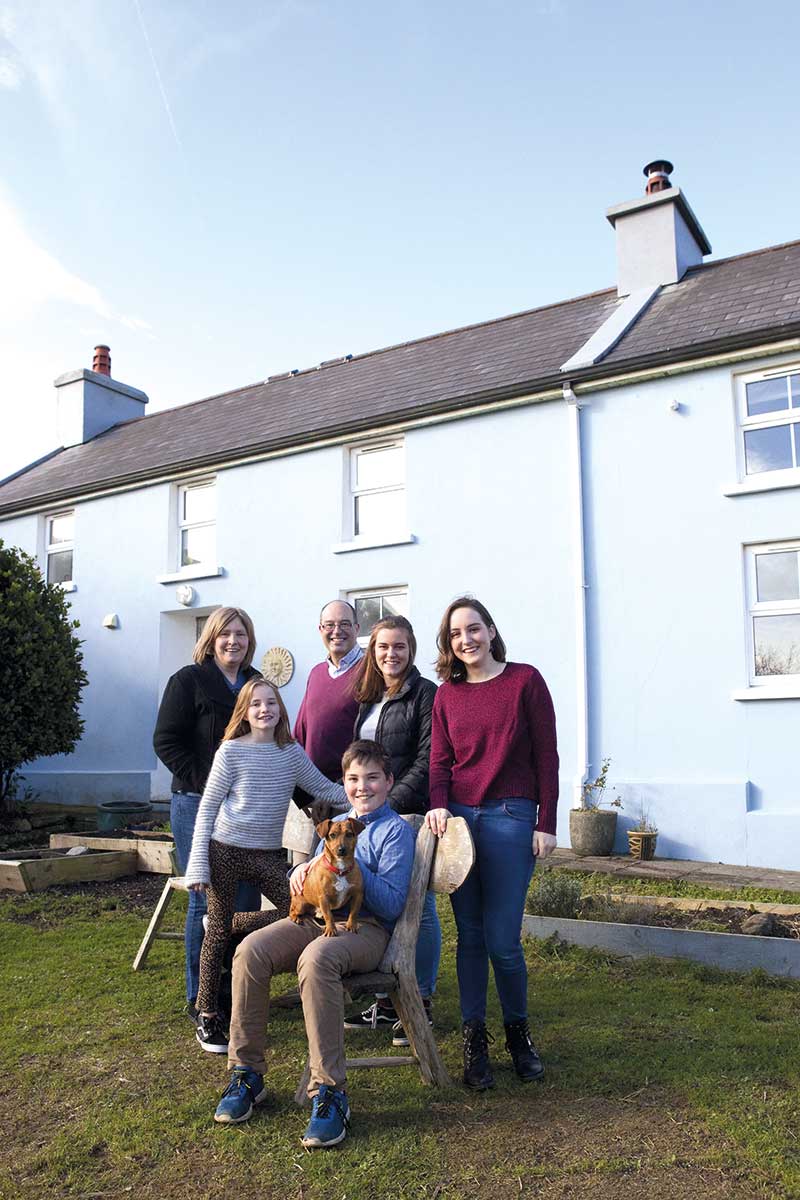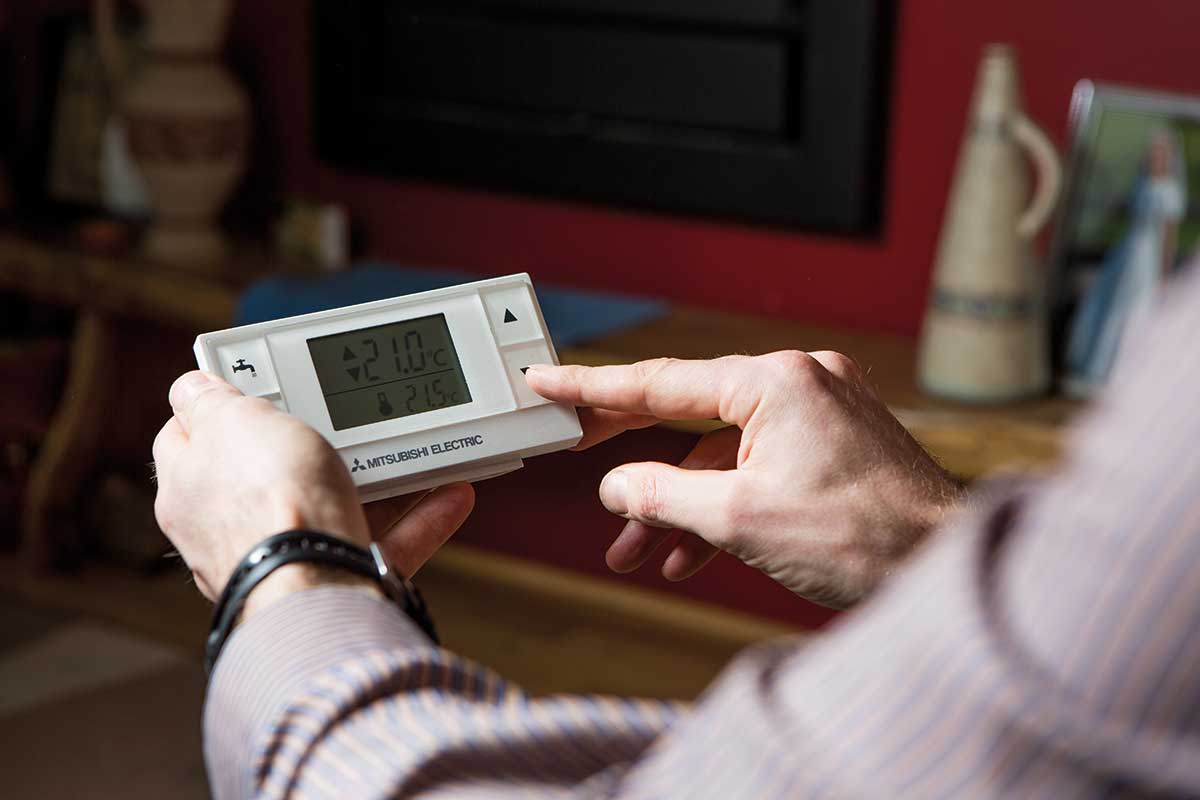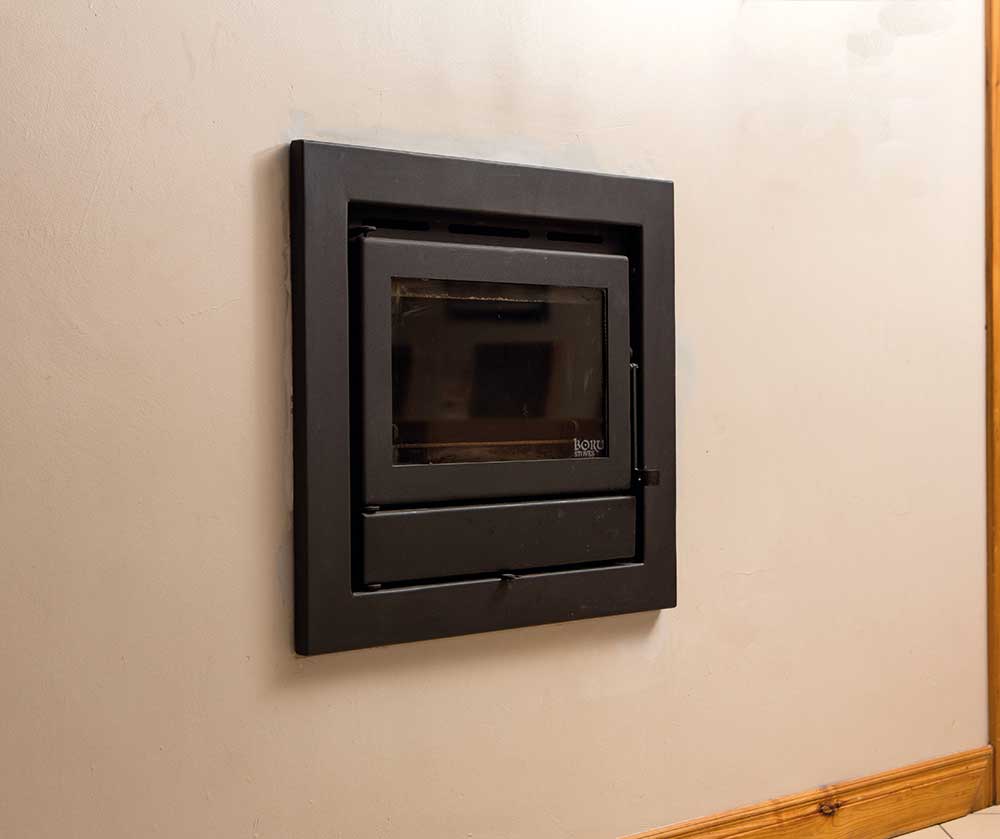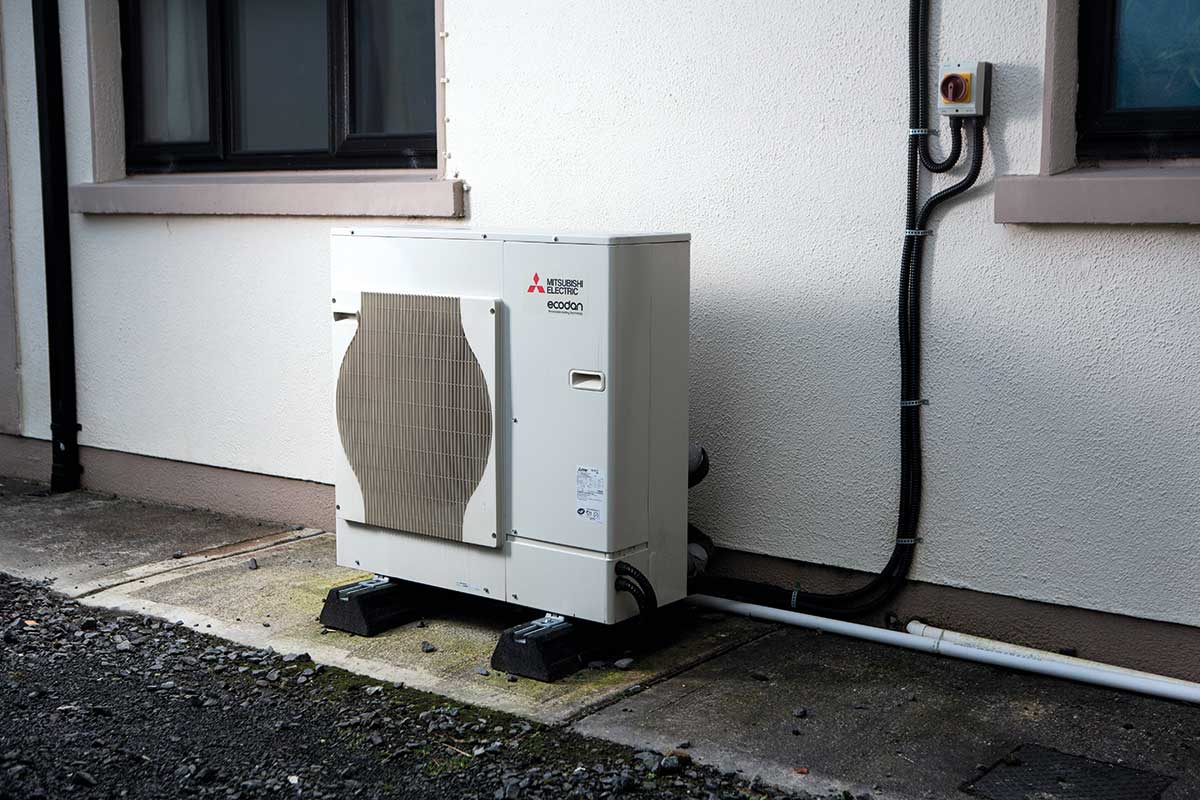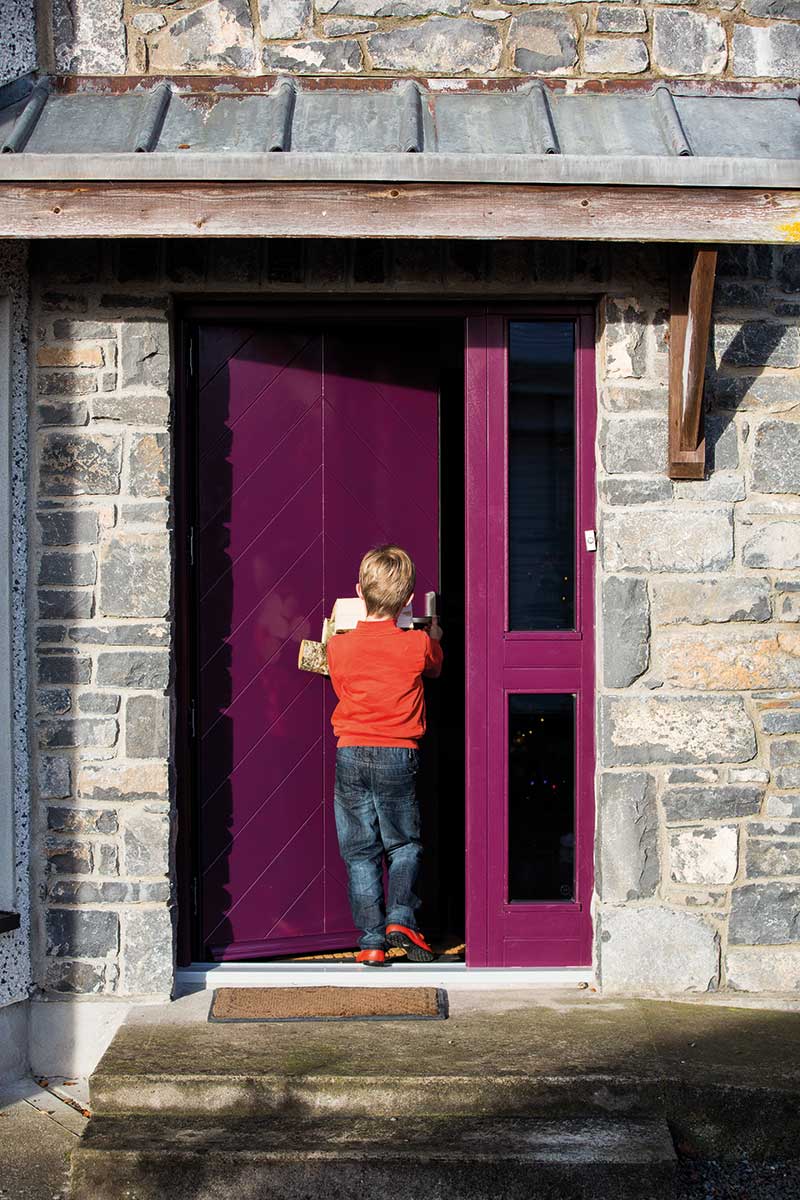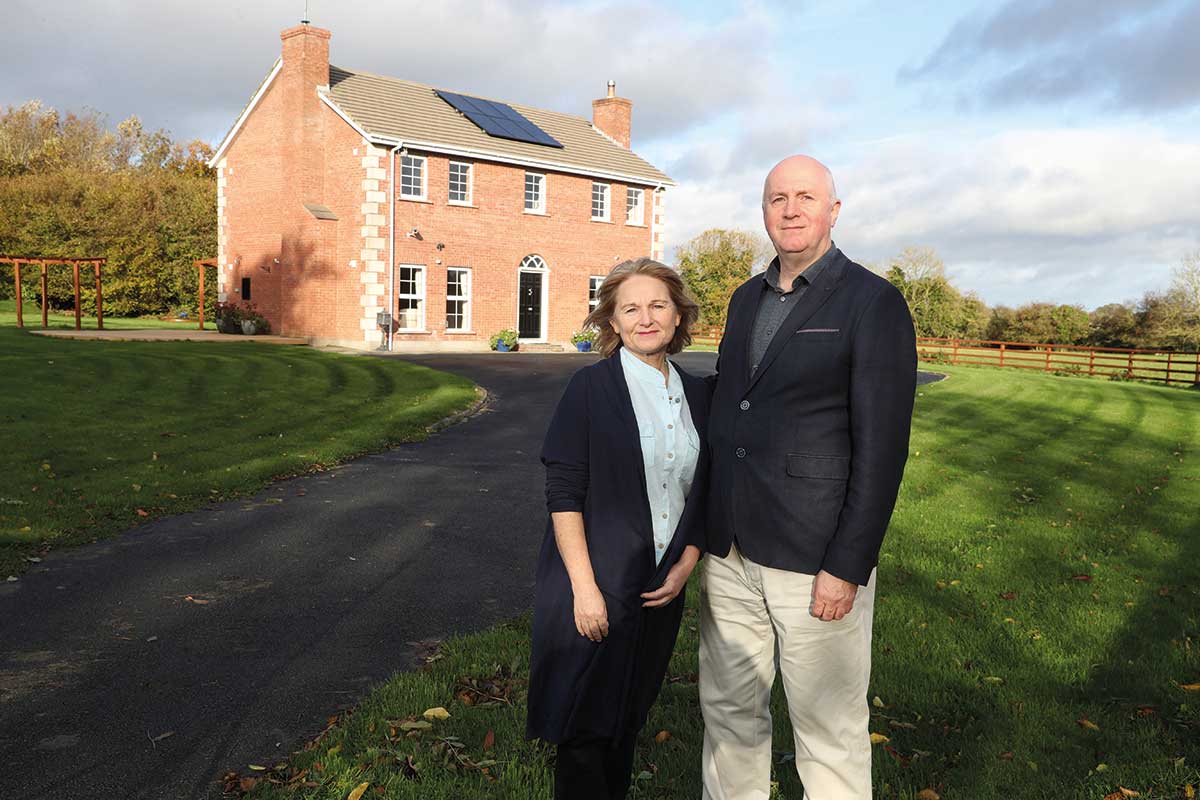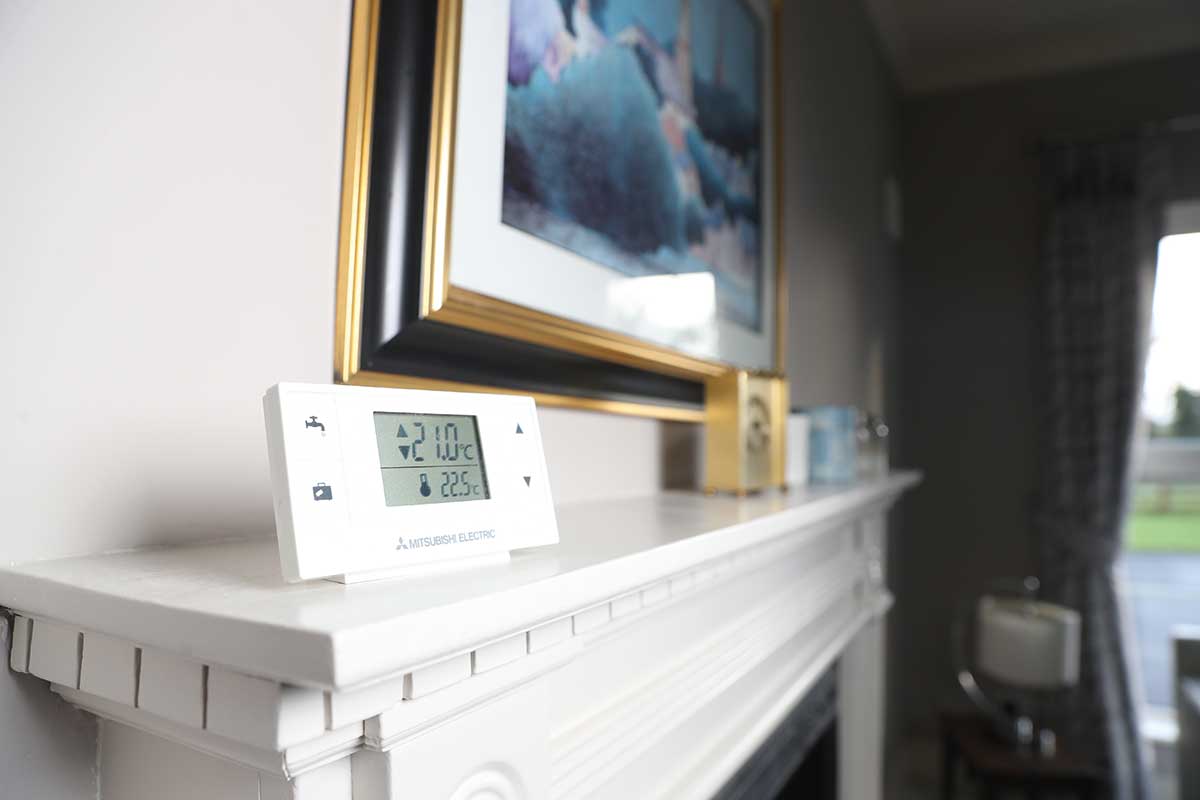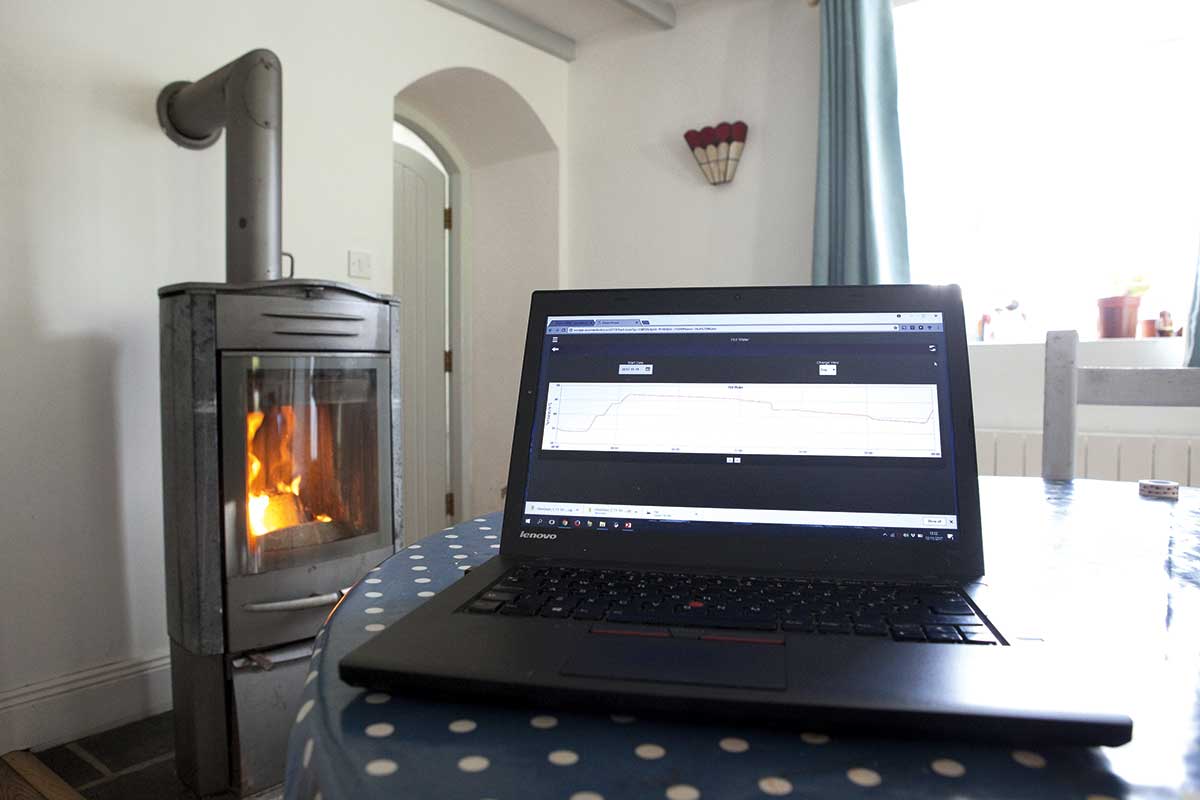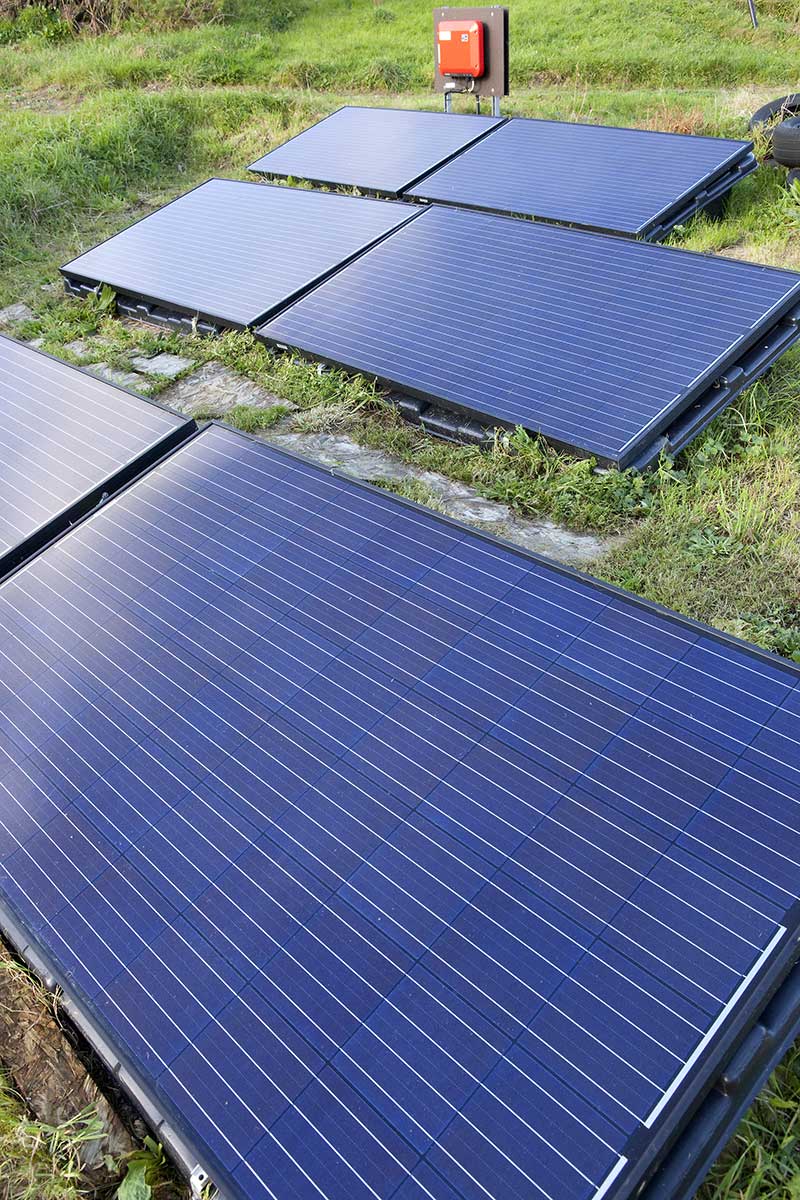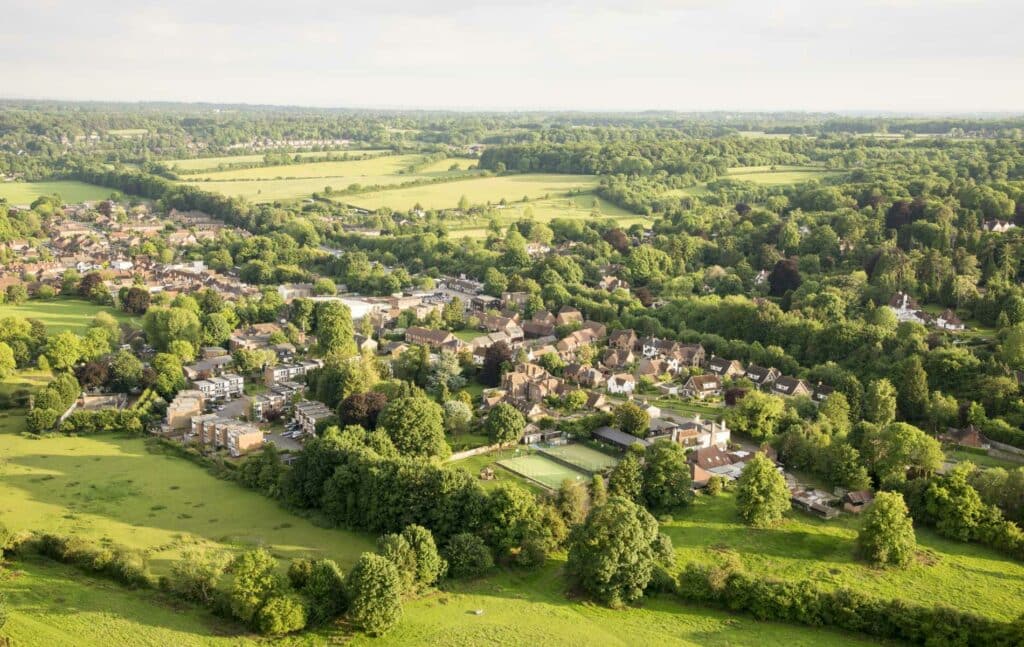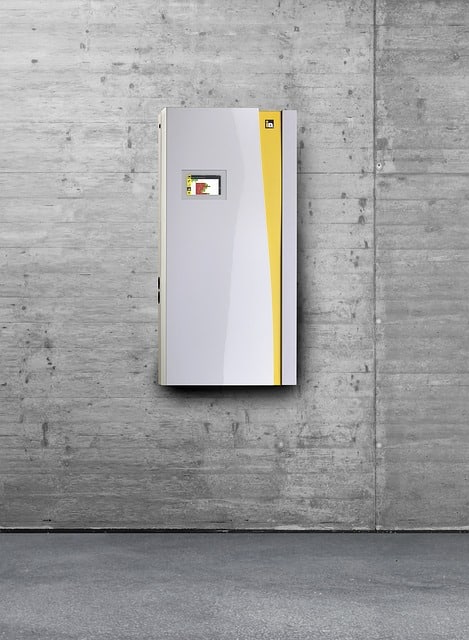A turnkey solution for ROI renovators who want to heat their home for less, and improve their health.
Upgrading the energy performance of a home can be a daunting prospect, with horror stories of cavity wall insulation projects gone wrong and high costs for little return. Doing your research will point to the fact that knowledge of building physics is essential to get a retrofit right, which is why for homeowners a one-stop-shop solution seems to be the logical answer, a place where you can get impartial advice on what needs to be done in your home, get a shortlist of contractors, and then have the works and grant applications managed for you.
SuperHomes Ireland is such a programme; administered by the not-for-profit Tipperary Energy Agency it’s wholly funded by the Sustainable Energy Authority of Ireland, Electric Ireland and the EU. Manufacturers and contractors are hand-picked by the Tipperary Energy Agency to carry out the works.
Funding of up to 50 per cent is now available thanks to the SEAI Deep Energy Retrofit grant scheme (this grant is not directly available to homeowners unless you group your application with four other houses). The programme has been up and running for four years with over 70 retrofits under its belt.
For any home built before 2006 the aim is to bring the property to an A3 and achieve a 50 to 70 per cent reduction in energy bills. How to achieve this depends on the house and how cost effective the measures are. Common to all retrofits is assessing the levels of insulation and airtightness. Then there’s the mandatory installation of an air source heat pump and of a demand control or heat recovery ventilation system. Being costly, solar photovoltaic panels are optional.
‘Costs after discounts range from €12,500 to €30,000 but the good news is works last three months or less.’
The first step is to get a home survey done, at a cost of €475 (€725 for houses over 240sqm); if the homeowners agree to proceed with the recommended works additional professional and administrative fees are payable to Tipperary Energy Agency, at stipulated pre- and post-works intervals. The fee total ranges between €1,250 and €3,600, depending on the project.
The only catch is it does require some significant upward investment; cost after discounts range from €12,500 to €30,000 but the good news is works last three months or less. The scheme is only open to ROI residents (not applicable to NI).
Here are some project profiles:
Seamus & Aileen Hoyne, Co Tipperary
House profile: 165sqm split level bungalow with solar thermal panels, double glazed windows, oil-fired boiler. Built in 2006.
BER: from B3 to A3.
Measures introduced: replacement of all windows and patio doors with tripleglazed units, replacement of the back door, airtightness measures carried out to reduce ventilation losses and obtain a minimum air permeability rate of 5 m3/(hr.sqm), installation of demand control ventilation and 8.5kW air source heat pump with integrated controls and two thermostats (living areas and bedrooms).
Cost: €17,900 excluding VAT.
SuperHomes grant: 35 per cent.
Retrofit time: two weeks.
Yearly energy bills: 35 per cent saving; average annual oil spend of €1,000 as compared to €650 on electricity for powering the heat pump. Wood for the stove an additional €300 (unchanged).
Health benefits: The lower part of the house, where the kids’ bedrooms are, is north-facing. There was condensation on the windows and the beginnings of small amounts of mould in one of the bedrooms. All issues completely resolved.
Yvonne Doyle, Co Tipperary
House type: Self-built in 2004, 210sqm detached four bedroom two-storey house.
BER: C3 to an A3 with the help of PV solar panels fitted after the SuperHomes related works.
Measures introduced: replacement of the oil boiler with an 11.2kW air source heat pump, airtightness measures carried out to reduce ventilation losses and obtain a minimum air permeability rate of 5 m3/ (hr.sqm), replacement of the existing front door with a low energy door, installation and taping of fireproof covers for downlighters to reduce draughts, installation of demand controlled ventilation, insulation of attic to a coverage of 300mm throughout, replacement of the hot water tank with a 200l cylinder, replace open fires with sealed wood burning stoves, a full window service (draught sealing with silicone), replacement of all light fittings with LEDs, removal of 24 down-lighters and replacement with a central light rosette.
Cost: €26,500 including VAT.
SuperHomes grant: 35 per cent.
Retrofit time: six weeks.
Yearly energy bills: 58 per cent saving; it used to cost €2,000 for oil and solid fuel plus €1,000 electricity and now the electricity bill is €1,750. The couple says they “haven’t even made a dent in the €270 of logs that we bought”.
Health benefits: The house was draughty from a warped front-door, two open fireplaces, worn window seals and poorly sealed down-lighters. There was some dampness in the main bathroom and the small sitting room, as well as a build-up of condensation. All of these issues have been resolved.
Neil and Aileen Walker, Co Dublin
House type: 175sqm timber frame built in 1995.
BER: C2 to A3.
Measures introduced: 8.5kW monoblock air source heat pump with new 200l hot water cylinder, attic and wall insulation, a demand control ventilation system, LED lighting, 1.5kW solar photovoltaic panels, window service (draught sealing with silicone).
Cost: €20,000 including VAT.
SuperHomes grant: 35 per cent.
Retrofit time: six weeks.
Yearly energy bills: estimated 50 to 75 per cent reduction in energy costs. The retrofit has effectively added to the size of the house, because the Walkers have been able to reclaim the kitchen “which used to be an icebox”. “It’s a better investment than in the bank,” says Neil. “In the meantime we have an extra room, peace of mind that we’ll never have a kerosene leak again [which was the motivation to carry out an energy upgrade] and a deliciously comfortable house.”
Health benefits: Telling the house what temperature you want upstairs and downstairs has made a huge difference in terms of comfort.
Xavier Dubuisson, Co Cork
House type: 200sqm stone farmhouse with condensing oil boiler, rooftop solar thermal panels, demand control ventilation, two high efficiency wood burning stoves (one in the kitchen/dining room, the other in the living room), high level of attic insulation and LED light bulbs.
BER: C1 to A3.
Measures introduced: Cavity wall insulation, airtightness measures carried out to reduce ventilation losses and obtain a minimum air permeability rate of 5 m3/ (hr.sqm), minor improvements to demand control ventilation system already installed, removal of the oil boiler and replacement with an air source heat pump and controls, installation of ground-mounted 1.5kW solar PV panels in the garden.
Cost: €18,205 including VAT.
SuperHomes grant: 35 per cent.
Retrofit time: six weeks.
Yearly energy bills: estimated 50 to 75 per cent reduction in energy bills. Xavier says it’s fantastic not to be relying on oil: “I can’t remember how many times we ran out of oil and you’d be in the cold for a few days waiting for the delivery man to arrive and then there’d be a dirty mess getting things running again. It’s particularly satisfying that a heat pump can deliver heat and comfort in an old house with minimal insulation like this.” Health benefits: It’s much easier on the body and on the mind to have less draughts and consistent temperature levels.
Words: Astrid Madsen with Stephen Harte of the Tipperary Energy Agency

